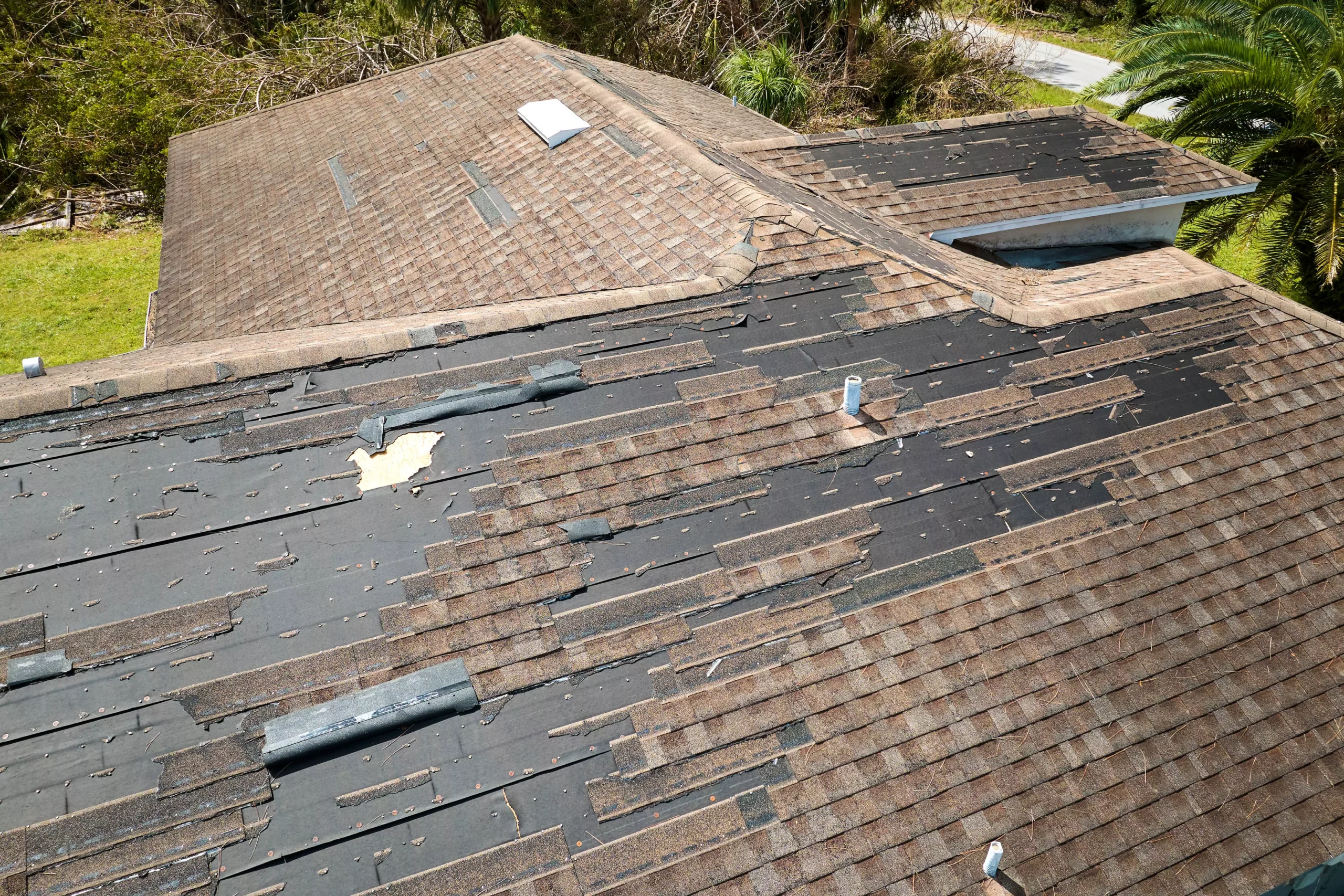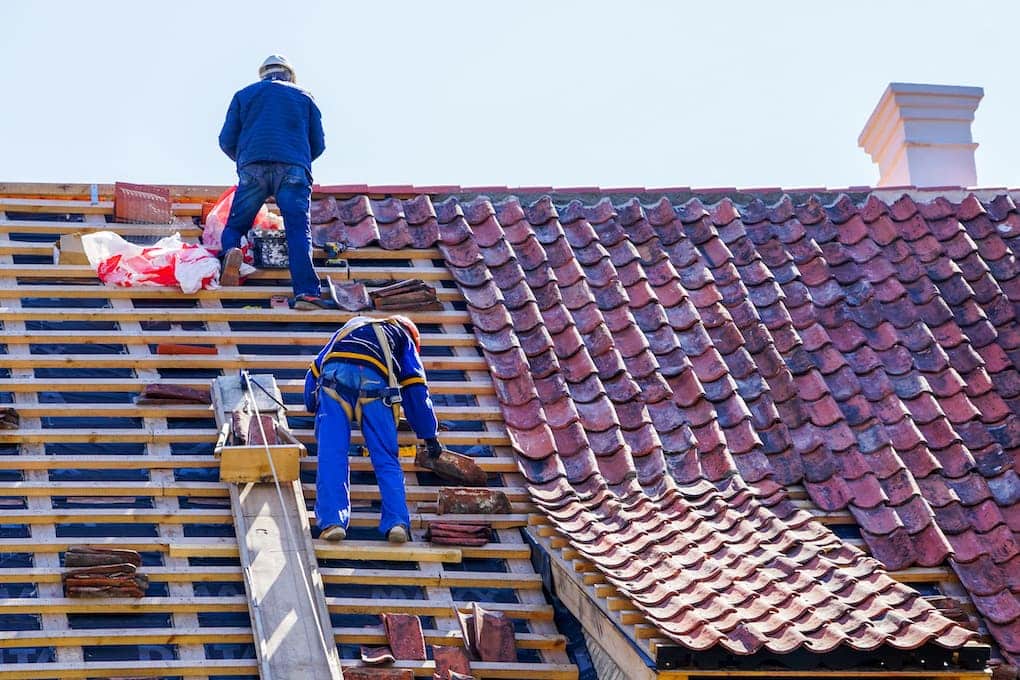Comprehensive Inspections and Repairs from Cleveland Roofing Solutions Specialists
Comprehensive Inspections and Repairs from Cleveland Roofing Solutions Specialists
Blog Article
Typical Mistakes to Avoid Throughout Rain Gutter Installation for Lasting Outcomes
Reliable rain gutter installation is crucial for guaranteeing the longevity and capability of a home's water drainage system. Nevertheless, numerous usual blunders can weaken these initiatives, causing costly repairs and lessened performance. Issues such as overestimating gutter dimension, neglecting appropriate slope, and inappropriate downspout placement can have substantial repercussions. By recognizing these risks and understanding their ramifications, property owners can make enlightened decisions that improve the sturdiness of their seamless gutters. Yet, the concern continues to be: what specific methods can be employed to prevent these mistakes and ensure ideal outcomes?
Miscalculating Gutter Size
When setting up seamless gutters, overestimating seamless gutter size can lead to considerable issues, consisting of water damage and enhanced maintenance costs. If seamless gutters are undersized, they can overflow throughout heavy rains, leading to water pooling around the structure and potentially causing architectural damage.
To stay clear of these pitfalls, it is critical to examine the particular needs of the residential property based on elements such as roof dimension, pitch, and local rains patterns. Calculating the appropriate gutter dimension includes recognizing the volume of water that the roofing system will certainly collect and making sure the gutter system can fit it. Using industry requirements and standards can help in determining the appropriate dimensions for the seamless gutters needed.
In addition, seeking advice from specialists who have experience in seamless gutter setup can provide valuable understandings and help guarantee the correct computations are made. Eventually, making the effort to properly gauge and pick the best seamless gutter size will produce long-term advantages and guard versus possible water-related issues.

Disregarding Correct Slope
Appropriate incline is important for an effective gutter system, as it straight influences water drainage performance. A properly designed rain gutter needs to have a small incline, typically around 1/4 inch for each 10 feet of size, routing water toward the downspouts. Failure to develop this incline can cause water pooling in sections of the rain gutter, boosting the threat of overflow, clogs, and ultimate damage to the structure.
Furthermore, incorrect incline can aggravate deterioration on the gutter materials, resulting in early failing and pricey repairs. Home owners might locate that water waterfalls over the side throughout hefty rains, developing possible hazards around the foundation and landscaping. In addition, stagnant water can become a reproduction ground for bugs and might encourage mold and mildew growth.

Skipping Wall Mounts and supports
A strong rain gutter system depends greatly on making use of wall mounts and supports, which are important for maintaining structural integrity and reliable water circulation. Ignoring these elements can cause drooping rain gutters, resulting in improper water drainage and prospective water damage to your property.
Supports and hangers must be mounted at proper periods, generally every 2 to 3 feet, depending on the rain gutter dimension and material. This makes certain that the weight of the water, debris, and ice does not compromise the seamless gutter's functionality. Missing these vital components can produce stress points in the system, resulting in leaks and early wear.
Furthermore, the option of products for wall mounts and supports ought to not be overlooked. Selecting sturdy, corrosion-resistant materials will improve the durability of the gutter system. Plastic might appear cost-effective however can damage over time, while metal supports deal better strength and resilience.

Overlooking Downspout Positioning
Efficient downspout positioning is a vital facet of rain gutter installment that is typically forgotten, yet it plays a considerable duty in ensuring optimum water drainage. Properly positioned downspouts straight water far from the foundation of the home, avoiding prospective water damages or disintegration. A common error is to set up downspouts also close to the structure, which https://www.roofingstrongsvilleoh.com can lead to water pooling and boosted threat of architectural issues.
Additionally, the number and area of downspouts ought to be tactically prepared based upon the roof covering size and slope. Not enough downspout placement can cause gutters to overflow during heavy rainfall, resulting in water plunging over the edges and potentially damaging landscaping or exterior siding - Cleveland Roofing Solutions. It is suggested to put downspouts at intervals that enable appropriate water circulation, commonly every 30 to 40 feet of seamless gutter size
Downspouts must be directed in the direction of drain systems or away from the home to enhance water circulation effectiveness. In summary, precise planning of downspout positioning is vital for effective water monitoring and the long-lasting resilience of the seamless gutter system.
Disregarding Sealing and Maintenance
While lots of homeowners concentrate on the first installation of their rain gutters, neglecting securing and maintenance can lead to considerable lasting issues. Over time, the seams and joints of seamless gutters can wear away, particularly if not appropriately sealed.
Routine upkeep is just as important. Debris such as branches and fallen leaves can gather in gutters, obstructing water flow. This clog can bring about overflow, damaging the roofing system and home siding. Normal cleansing and examination of gutters guarantee that they work properly, expanding their life-span and maintaining their efficiency.
In addition, home owners need to take into consideration using sealer to seams yearly, particularly in regions vulnerable to extreme climate condition. This proactive strategy decreases the danger of leaks and enhances the seamless gutter system's toughness. By prioritizing sealing and upkeep, home owners can prevent pricey repair work and maintain the stability of their homes, inevitably leading to a more efficient and resilient rain gutter system.
Verdict
In conclusion, careful focus to information during seamless gutter installation is vital for making certain durable efficiency. Preventing typical blunders such as miscalculating seamless gutter size, disregarding appropriate slope, leaving out hangers and supports, badly putting downspouts, and ignoring securing and maintenance will dramatically mitigate potential concerns. By sticking to these standards, the integrity and functionality of the gutter system can be protected, ultimately prolonging its life-span and effectiveness in taking care of water drain.
When mounting gutters, miscalculating seamless gutter size can lead to considerable problems, including water damages and enhanced upkeep costs. Computing the proper seamless gutter dimension entails understanding the volume of water that the roof will accumulate and ensuring the rain gutter system can suit it.Correct slope is vital for an effective seamless gutter system, as it straight affects water drainage efficiency. Inadequate downspout placement can cause seamless gutters to overflow throughout hefty rainfall, leading to water plunging over the edges and potentially harmful landscape design or exterior siding. In recap, precise planning of downspout placement is necessary for effective water management and the long-term sturdiness of the rain gutter system.
Report this page